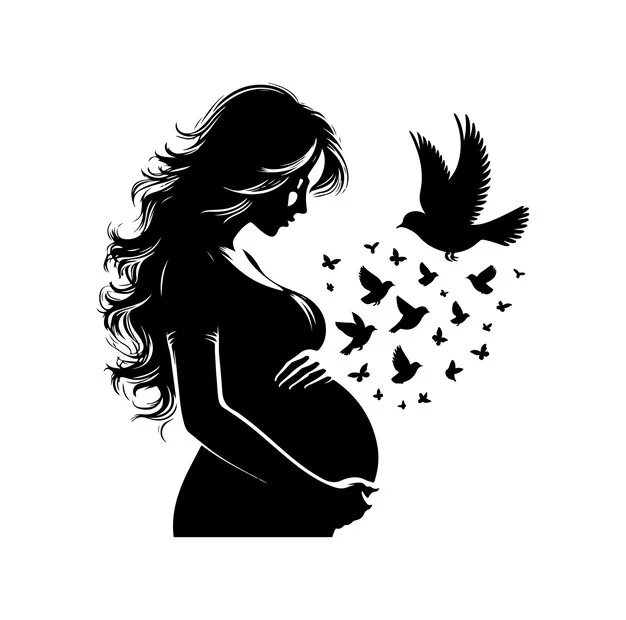The opioid crisis in our country is well-documented, but it’s shocking to realize that children, particularly those under 18, are increasingly affected by this epidemic. A recent study published in the journal Pediatrics highlights a troubling trend: hospital admissions for opioid overdoses among children aged 1 to 17 have nearly doubled from 2004 to 2015. Yes, doubled. These alarming statistics indicate that even infants are being admitted to pediatric intensive care units (PICUs) after accidentally ingesting opioids.
You might wonder how young children are able to access such dangerous substances. They’re not out on the streets looking for them; instead, many end up discovering their parents’ medications. Dr. Tom Reed, one of the study’s authors, noted in a CNN interview, “It’s concerning that in children under six, 20% of ingestions involved methadone.” Methadone, often prescribed for pain relief or to treat opioid withdrawal, poses a significant risk when left within reach of curious little hands.
The study examined children across three age groups—1 to 5, 6 to 11, and 12 to 17—but did not differentiate between accidental and intentional overdoses. However, the data suggests that older teenagers may intentionally misuse these opioids, accounting for 60% of all admissions for drug overdoses. Among these cases, 4.4% involved heroin rather than prescription medications. On the other hand, children under six made up a substantial portion of hospitalizations, primarily due to accidental ingestion of methadone or oxycodone.
The accessibility of prescription opioids is a growing concern. In 2016, over 42,000 lives were lost to opioid overdoses in the U.S., marking the highest number recorded to date. Alarmingly, 40% of these deaths were linked to prescription drugs. As the demand for treatment for opioid addiction rises—a positive trend—more methadone is being prescribed, contributing to the increased cases of overdose among children, referred to as “secondary victims” by Dr. Reed.
Of the 3,647 children studied across 31 hospitals, 43% required admission to the PICU, highlighting the severity of these cases. This statistic is particularly alarming given that there are approximately 4,100 PICU beds available nationwide. “Every child placed in a PICU bed means we’re utilizing a limited resource,” Dr. Reed explained. “If these beds are filled with preventable cases, we may not have the capacity to care for patients with critical, unpreventable conditions.”
So, what can be done to reduce children’s exposure to these medications and prevent further hospitalizations? Dr. Reed emphasizes the importance of education. Adults must recognize the risks their medications pose and take proactive steps to secure them. Locking away painkillers should be a priority, yet only about 20% of adults report keeping their prescription drugs securely stored, according to a 2017 Consumer Reports survey.
Parents can also educate their children about the dangers of opioids. Showing kids images of various pills can help them recognize what to avoid. And if you take prescribed opioids, be vigilant about where you leave them—never let them sit on counters or floors.
There is a glimmer of hope: the mortality rate for children admitted to the PICU after an opioid overdose has decreased from 2.8% between 2004-2007 to 1.3% from 2012-2015. This suggests that hospitals are becoming more effective in managing these emergencies. Naloxone is commonly used as an emergency treatment, although it comes with its own set of potential side effects.
As a parent, knowing that my child could suffer from an opioid overdose is a strong motivator to keep even common pain relievers out of reach. I urge the millions of adults who use opioids to take serious steps to safeguard these dangerous medications from children. For more information on home insemination and related topics, check out this resource. You can also learn more about home insemination kits from Make a Mom. Additionally, for further guidance on pregnancy, visit March of Dimes.
Summary:
The alarming rise in opioid overdoses among children, particularly those under 18, necessitates immediate action. With nearly doubled hospitalization rates for opioid overdoses from 2004 to 2015, many young patients are accidentally accessing prescription painkillers. This crisis highlights the need for increased awareness and proactive measures among adults to secure medications and educate children about the dangers of opioids.
